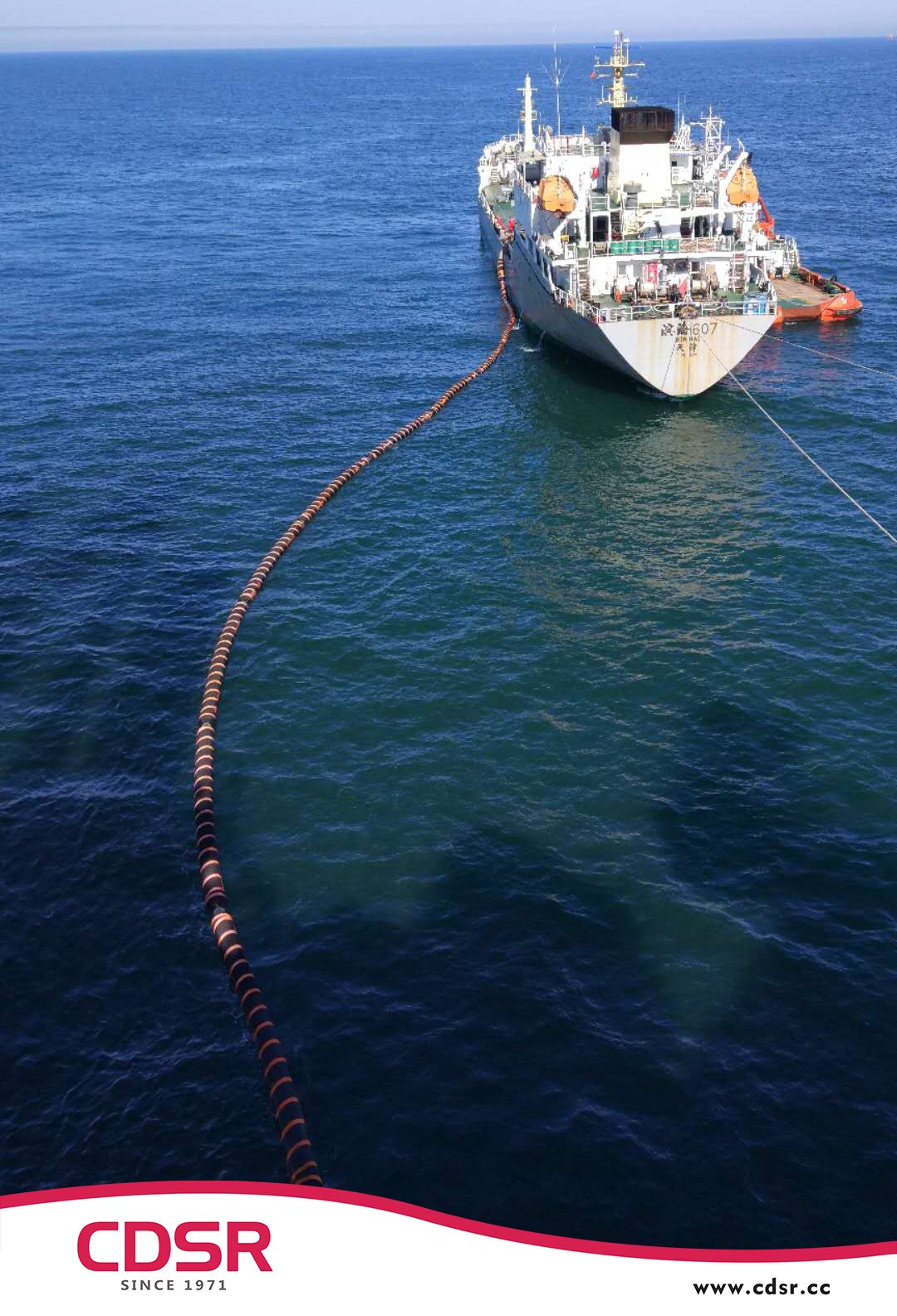Marine hoses are essential key equipment in marine transportation and operations. They are significantly different from ordinary hoses and are specially designed to cope with harsh marine environments and special operational requirements.
Unique properties of marine hoses
Not all hoses are suitable for use as marine hoses. Marine hoses have a range of special design features to meet the stringent requirements of offshore operations:
1. Anti-static design - eliminate the risk of fire and explosion
● When transporting oil or chemicals, static electricity buildup can cause sparks, leading to catastrophic accidents
● Marine hoses usually have built-in conductive layers or antistatic materials to ensure that static electricity is discharged in a timely manner and comply with IMO (International Maritime Organization) safety regulations
2. Excellent flexibility - adapt to complex sea conditions
● Due to the dynamic stress of sea waves, ship shaking and dock loading and unloading, marine hoses must have extremely high bending and tensile strength.
● Adopting multi-layer synthetic rubber + high-strength fiber reinforcement layer to ensure that the hose can remain stable during high-pressure and high-flow delivery, avoiding rupture or kinking

3. Corrosion resistance and anti-aging - to cope with harsh marine environment
● Ordinary rubber hoses are prone to aging and cracking due to long-term exposure to seawater, ultraviolet rays, and extreme temperatures.
● Marine hoses are usually made of special rubber or polyurethane coating materials to enhance resistance to salt spray, oil and chemicals
4. High pressure bearing capacity - ensuring large flow transportation
● The loading and unloading of offshore oil tankers or chemical tankers requires high-pressure transmission. The working pressure of marine hoses can usually reach 10-30 bar, and some applications are even higher
● The internal structure is reinforced with steel wire winding or spiral reinforcement to prevent the risk of pipe explosion
Service life and maintenance
The service life of marine hoses is affected by many factors:
- Average service life is 10 to 15 years
- Maintenance status has a significant impact on lifespan
- Durability depends on the quality of the material
- Continued exposure to harmful chemicals will shorten lifespan
Consequences of failure
Once a marine hose fails, it may cause serious consequences:
- Hazardous liquids and chemicals are released into the marine environment
- Pollute the marine ecosystem and harm marine life
- Causing expensive fluid loss and financial loss
Marine hoses are used as safety barriers for offshore operations. Their special design and performance standards are directly related to personnel safety, environmental protection and economic benefits. CDSR oil hose fully complies with the OCIMF- (GMPHOM 2009) and are designed and manufactured in a system that complies with ISO 9001, ISO 45001 and ISO 14001 standards. We are able to provide customized solutions based on the specific needs of our customers, helping them to achieve efficient and safe operations in complex marine environments.
Date: 14 Aug 2025





 中文
中文